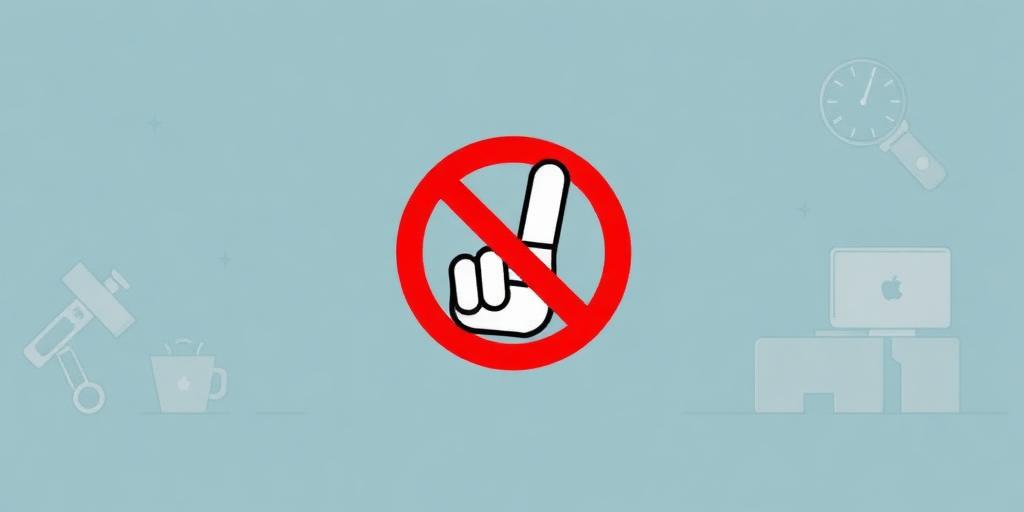Procrastination, often mistaken for mere laziness, is a complex behavioral pattern that can severely impede progress and well-being. It is the voluntary delay of an intended course of action despite foreseeing negative consequences. While its grip can feel insurmountable, overcoming procrastination is a learnable skill, essential for unlocking peak performance and achieving objectives. This guide outlines five empirically-backed strategies to systematically dismantle procrastination and cultivate a proactive mindset.
Step 1: Identify the Root Cause
True mastery over procrastination begins with understanding its origins. It is rarely about a lack of time or ability; rather, it often stems from underlying psychological factors such as fear of failure, perfectionism, overwhelming task perception, or a lack of clear purpose.
- Actionable Insight: Before commencing a task, pause and reflect. Ask: "Why am I resisting this?" Is it fear of the outcome? A feeling of inadequacy? Or simply the task's perceived daunting scale? Identifying this root provides the leverage for targeted intervention.
Step 2: Break Down Overwhelming Tasks
Large, amorphous tasks are potent procrastination triggers. They appear insurmountable, leading to paralysis. The antidote is decomposition.
- Strategic Approach: Deconstruct significant projects into smaller, manageable sub-tasks. Each sub-task should be discrete, clearly defined, and require a finite amount of time to complete. For example, instead of "Write report," define "Outline report structure," "Research Section 1," "Draft Introduction." This minimizes cognitive load and fosters a sense of attainable progress.
Step 3: Implement the "Start Small" Principle (e.g., Two-Minute Rule or Pomodoro Technique)
The initial hurdle is often the most significant. Committing to a minimal effort can break inertia.
- Practical Application:
- Two-Minute Rule: If a task takes less than two minutes to complete, do it immediately. This prevents a backlog of minor items.
- Pomodoro Technique: Commit to focused work intervals, typically 25 minutes, followed by a 5-minute break. The commitment is to start and sustain focus for a short, defined period, not to complete the entire task. This structured approach builds momentum and reduces the intimidation factor.
Step 4: Cultivate an Accountability System
External validation and structured oversight can be powerful motivators. Procrastination thrives in isolation.
- Establishing Accountability:
- Public Commitments: Share your goals with a trusted colleague, mentor, or friend. The act of vocalizing intentions creates a psychological contract.
- Accountability Partners: Engage with someone who also seeks to overcome procrastination. Regularly check in, share progress, and provide mutual encouragement.
- Structured Deadlines: Impose realistic yet firm deadlines. Consider self-imposed consequences for non-compliance, or leverage tools that track progress publicly.
Step 5: Prioritize Self-Compassion and Reward Progress
The journey to sustained productivity is iterative. Setbacks will occur. Harsh self-criticism is counterproductive; strategic reinforcement is key.
- Reinforcement Strategies:
- Acknowledge Small Victories: Celebrate the completion of each sub-task or focused work session. This positive reinforcement strengthens the neural pathways associated with proactive behavior.
- Mindful Breaks: Integrate restorative breaks into your workflow, not as a reward for avoiding work, but as a proactive measure to maintain focus and prevent burnout.
- Learn from Lapses: If you procrastinate, analyze why without judgment. Adjust your strategy rather than succumbing to self-recrimination. Consistent effort, not perfection, is the objective.
Conquering procrastination is not about radical overnight transformation, but rather the consistent application of these five strategic principles. By systematically addressing root causes, fragmenting tasks, initiating with small efforts, leveraging accountability, and practicing self-compassion, individuals can reclaim their productivity, achieve their ambitions, and foster a more disciplined and fulfilling professional and personal life. Embrace these steps, and shift from intention to decisive action.









